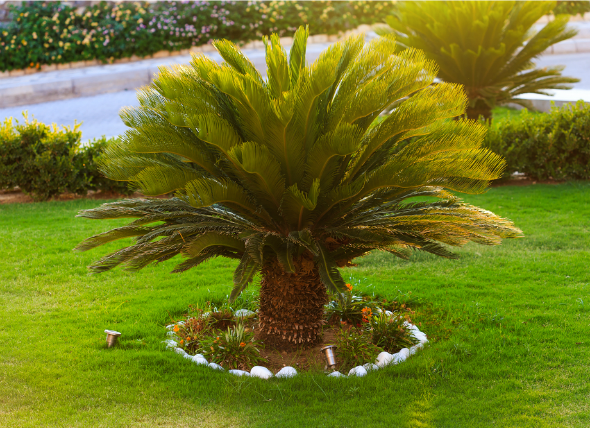By Dr. Estelle Felarise, St. Tammany Humane Society Medical Director & Amanda Matthew, STHS Veterinary Assistant
Have you seen me?

Sago Palm
Last Seen Location: gardens, yards, parks, all over
Alias: Cycads, Cardboard Palms, Zymias
Appearance: Large green leaves, brown barked stalk, can vary in size
Wanted for: Extreme Toxicity to Dogs and Cats
Although the sago palm is very common in landscaping and can be found just about anywhere, it can also be deadly to your pet. All parts of this plant are toxic, even the leaves can create issues. Since animals find them very palatable, they are at a higher risk for problems. The cycasin is the agent in the plant that makes it so toxic.
Unfortunately, a pet does not have to fully ingest the plant for problems to take place. Symptoms can occur as quickly as 15 minutes to several hours after ingestion. GI symptoms can include vomiting, diarrhea, drooling or incompetence. More serious symptoms may include liver damage, blood clotting, neurological issues, and even death. Neurological signs such as weakness, ataxia, seizures and tremors can be seen 2-3 days post ingestion.
If you think your pet may have chewed or ingested parts of a sago palm, contact your veterinarian immediately. Survival rate is approximately 50% after ingestion. Treatment consists of decontamination and supportive care. Blood chemistry levels will need to be monitored to see if the pet’s liver is affected. The symptoms your pet is presenting will determine the treatment course your veterinarian chooses.
Removing these plants from the area is the best prevention.
